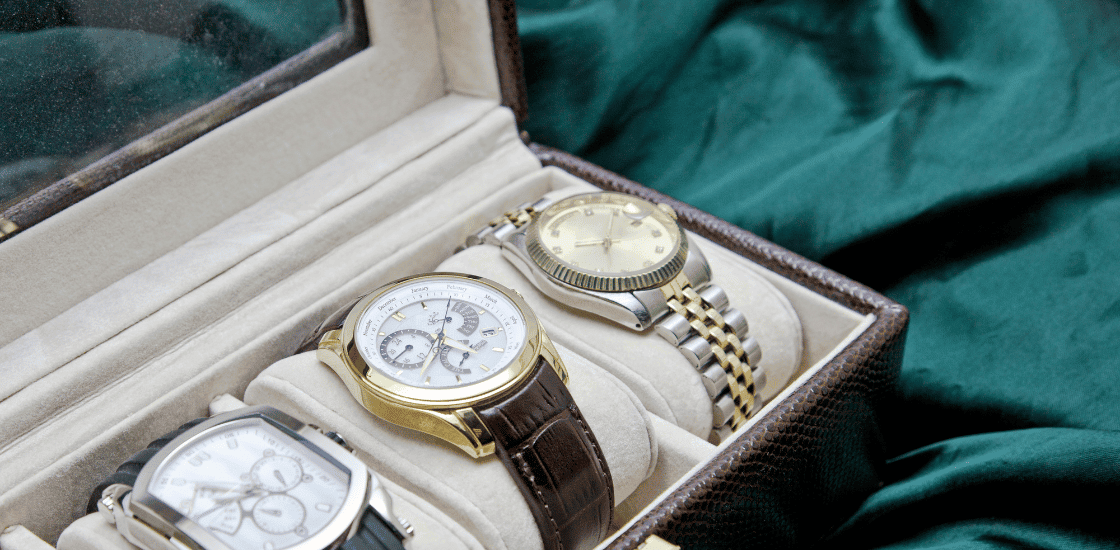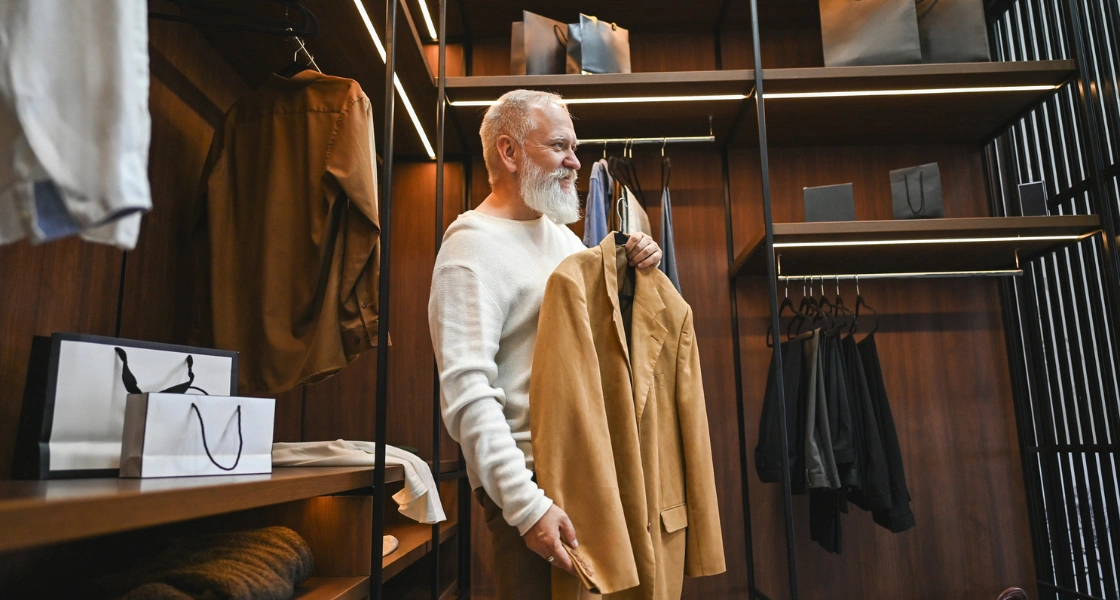Retail
Second-Hand Luxury: How Sustainability is Reshaping the Market
Published on 2 June 2025
Modified on 26 May 2025

According to Bain & Company, around $49.3bn worth of second-hand luxury products were sold globally in 2023, driven by demand from Gen Z consumers and a global push for sustainability. Luxury brands such as Gucci, Balenciaga and others have embraced the trend, underscoring the way consumer priorities are slowly but steadily evolving to align with ethical and environmental values.
The Rise of Second-Hand Luxury
The preloved luxury fashion boom is visible everywhere. Platforms such as Vestiaire Collective, The RealReal, and department stores like John Lewis in the UK, which now sells preloved designer handbags through a partnership with resale brand Sign of the Times, are giving new life to items from brands including Chanel, Chloé, and Prada. Even heritage brands such as Gucci and Balenciaga are running “deadstock” and resale programs to keep up with the demand.
This trend is not just anecdotal; it’s backed by some significant numbers. Second-hand clothing sales in 2025 is expected to account for a tenth of the global fashion market: according to a GlobalData report, current global sales are estimated at a staggering $197bn. Meanwhile, Bain & Company predicts that luxury (a segment traditionally driven by exclusivity) could see up to 20% of its revenue coming from resale by 2030.
And the trend extends beyond clothing too. Take accessories: vintage jewellery now comprises 5% of the $350-400 billion jewellery market. The luxury watch sector is also feeling the impact, with resales making up 30% of the market – easily outpacing new watch sales growth, according to the Boston Consulting Group. Owning a preloved Rolex, Patek Philippe, or Audemars Piguet watch, via online platforms such as Chrono24 which connects buyers and sellers, is now seen as a savvy and responsible decision by younger, tech-savvy purchasers, attracted to both the craftsmanship of the watches and their investment potential.
And the trend extends beyond clothing too
Take accessories: vintage jewellery now comprises 5% of the $350-400 billion jewellery market. The luxury watch sector is also feeling the impact, with resales making up 30% of the market – easily outpacing new watch sales growth, according to the Boston Consulting Group. Owning a preloved Rolex, Patek Philippe, or Audemars Piguet watch, via online platforms such as Chrono24 which connects buyers and sellers, is now seen as a savvy and responsible decision by younger, tech-savvy purchasers, attracted to both the craftsmanship of the watches and their investment potential.
Sustainability Efforts
The past few years have shown some promising initiatives by luxury players, serving to underscore that thoughtful, sustainability-led measures can absolutely align with business growth.
Pandora’s commitment to sourcing 100% recycled silver and gold for its jewellery, following its earlier move to lab-grown diamonds, has certainly paid off. Since announcing the policy in 2023, Pandora’s like-for-like sales in Q1 2024 jumped 11%, with its share price more than doubling over the year.
Meanwhile, Stella McCartney, long known for its use of innovative, nature-positive materials such as seaweed-based yarn and grape leather alternatives, also saw a significant revenue increase of 23% in 2022.
Elsewhere, Barbour has expanded its repair services through its ‘Quilt for Life’ initiative, extending the life of quilted jackets globally in an effort to reduce waste; Chanel, which aims for net-zero emissions by 2040, is implementing 100% renewable energy across stores, offices, and factories (and collaborating with Cambridge University on sustainability training for employees); while Prada Group has been expanding its SEA BEYOND program in collaboration with Unesco, adding new projects on glacier and coral research alongside its recycled nylon campaign with National Geographic.
As ever, it’s luxury consumers themselves who are driving this shift. According to RetailX’s 2023 Europe Luxury Sector Report, over half (51%) of luxury shoppers are willing to pay up to 10% more for environmentally friendly luxury goods. Meanwhile, 22% of wealthy U.S. consumers surveyed by Savanta’s MillionaireVue report in 2023 had boycotted a brand due to poor ethical and sustainability practices.
What’s Next?
The calendar for 2025 is already filling up with key events focused on luxury and sustainability. The Global Fashion Summit: Copenhagen Edition will bring industry leaders together this June to push for more transparent and actionable solutions. Luxury brands are expected to participate, showcasing innovations and announcing new commitments to align with the Paris climate agreement goals. The theme for this year is “Barriers and Bridges” – focusing on turning challenges into opportunities for real change; with discussions looking at how to balance climate action, business stability, and growth.
Additionally, the continued rollouts of government regulations in Europe, such as the EU’s European Green Deal (which aims to make Europe the first climate-neutral continent by 2050), and upcoming directives for sustainable textiles, will push brands further toward accountability. These regulatory pressures will shape the year ahead, making 2025 a pivotal time for the industry.
The Road Ahead
While resale programs and innovative materials are positive and progressive steps, deeper systemic change is required. Fashion is estimated to account for around 10% of global carbon emissions – that’s more than the aviation industry. According to Fashion Revolution’s 2024 report, nearly all the world’s 250 largest fashion brands are failing to reduce emissions effectively. A staggering 94% lack a public renewable energy target – and only 3% disclosed efforts to financially support workers affected by climate change.
Supply chain emissions, renewable energy, and a commitment to full lifecycle transparency for their products all need to be addressed, and true sustainability is going to require investment, innovation, and ongoing collaboration across the industry.
Yet, as evinced here, while luxury’s journey toward sustainability is still in its infancy, the growing prominence of the second-hand market and eco-conscious consumer behaviour is signalling a hopeful future, as more brands realise sustainability can drive profitability.
Conclusion
Whatever the long-term future, it’s clear that brands who fail to respond to these evolving expectations risk being left behind – in market performance as well as consumer perception. Transparency and sustainability are no longer niche: they’re becoming the new standard.


